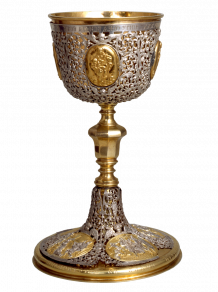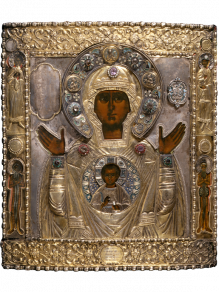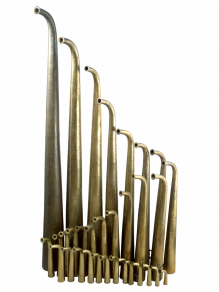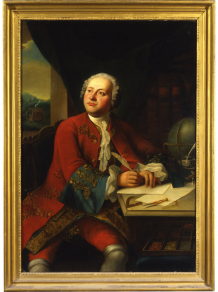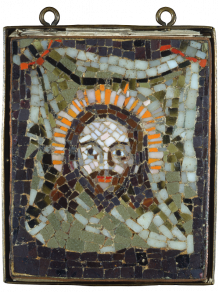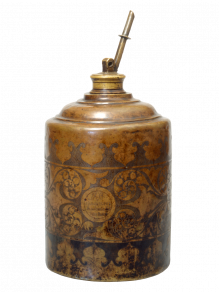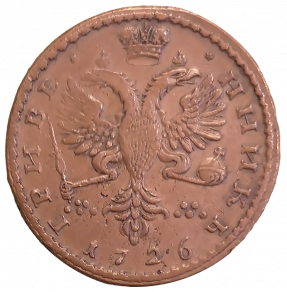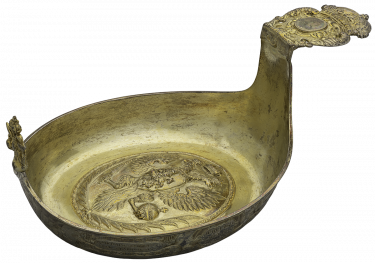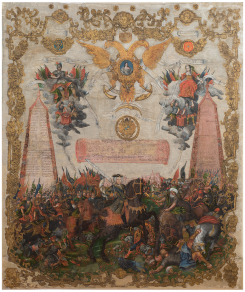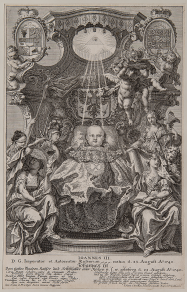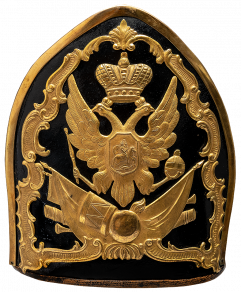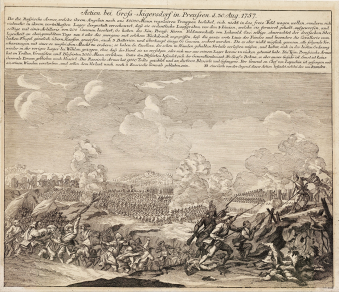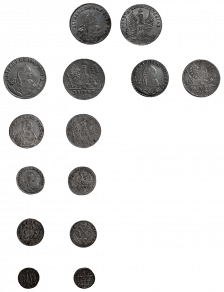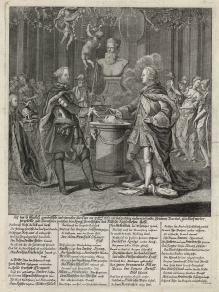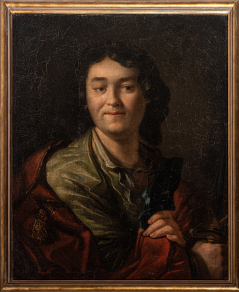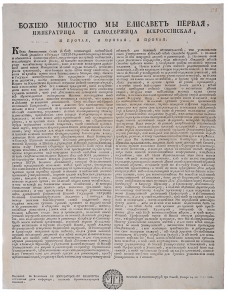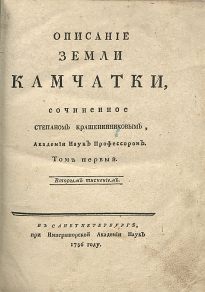Russian under the successors of Peter the Great. 1725–1762
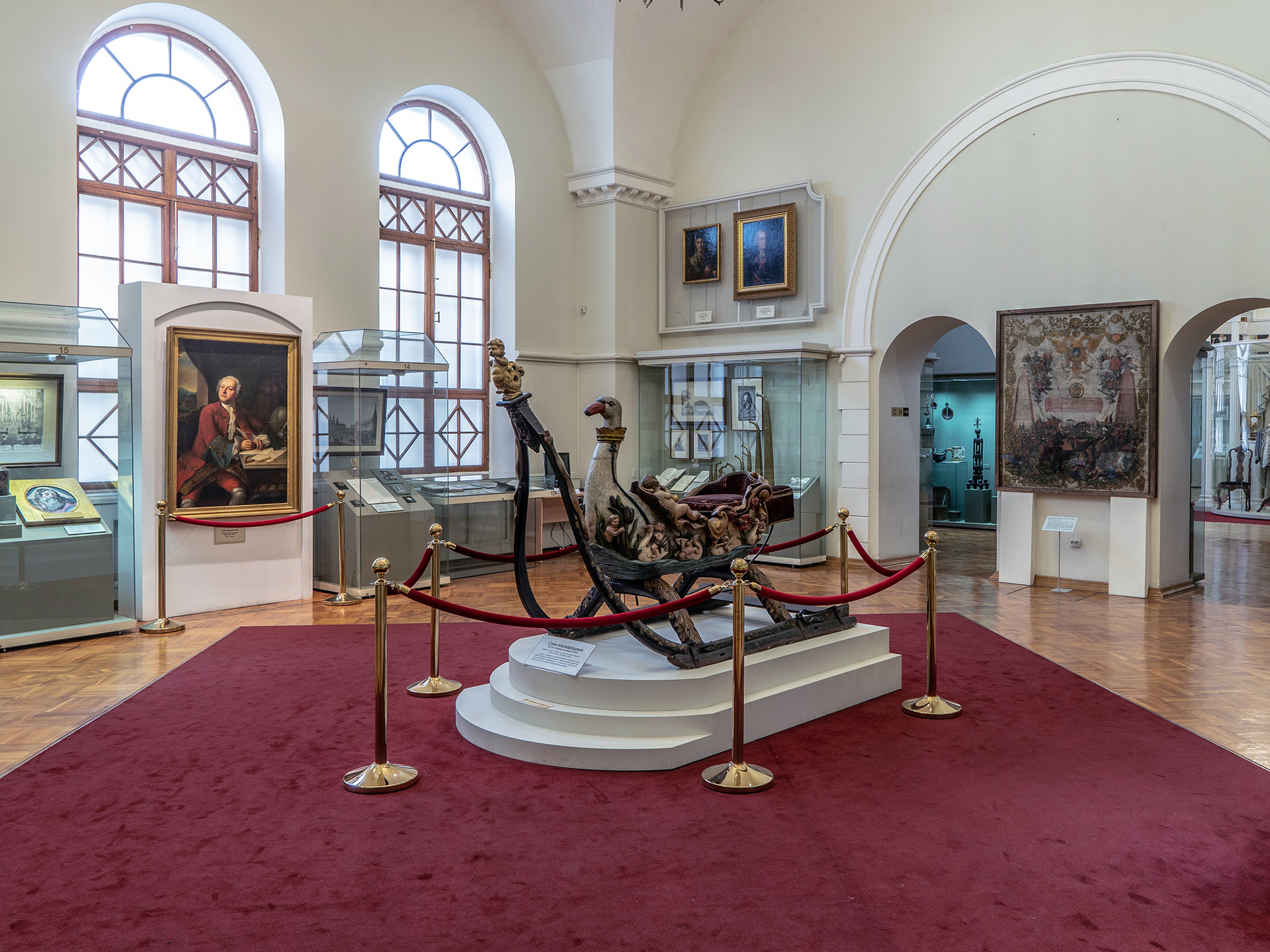
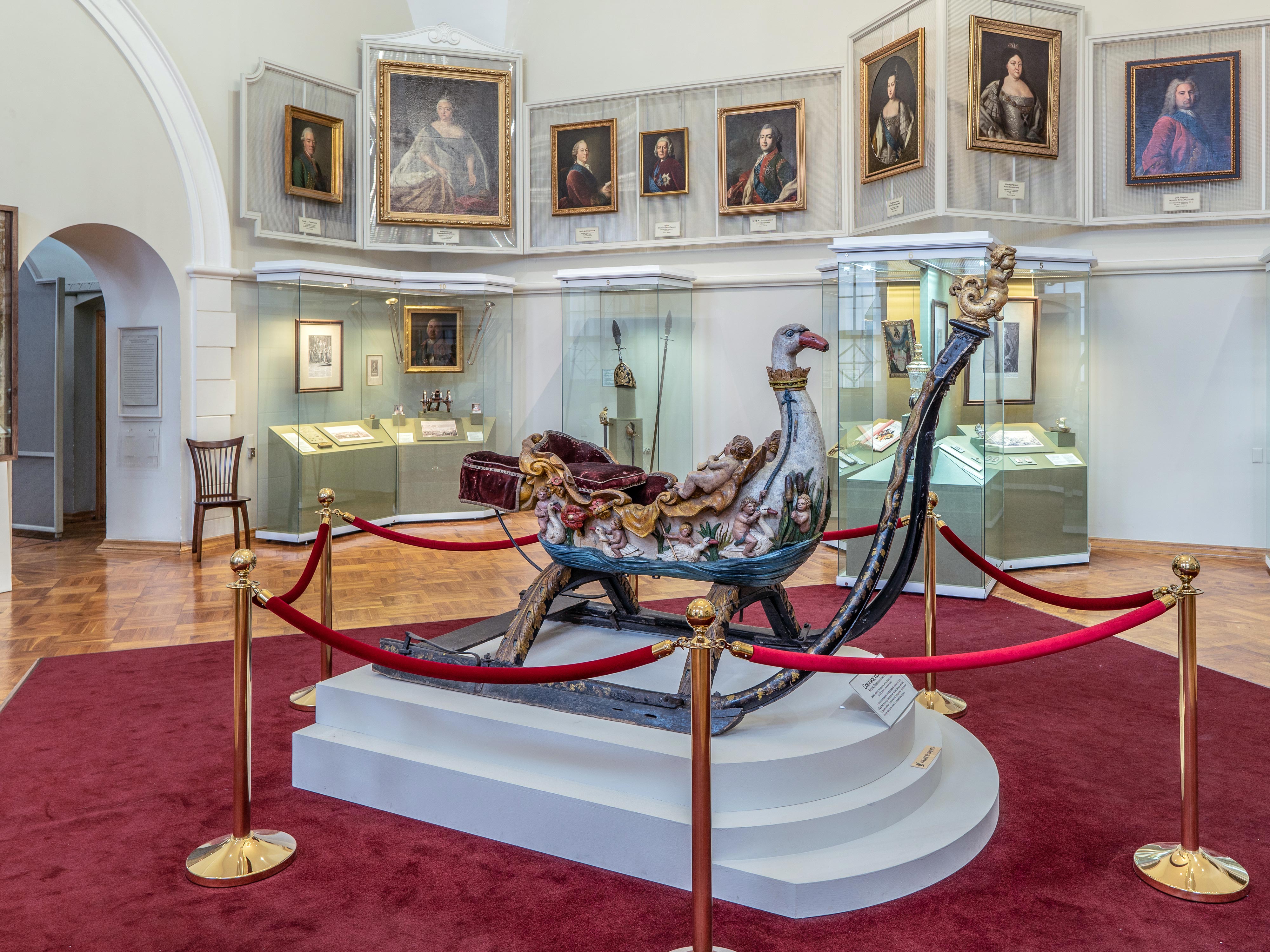
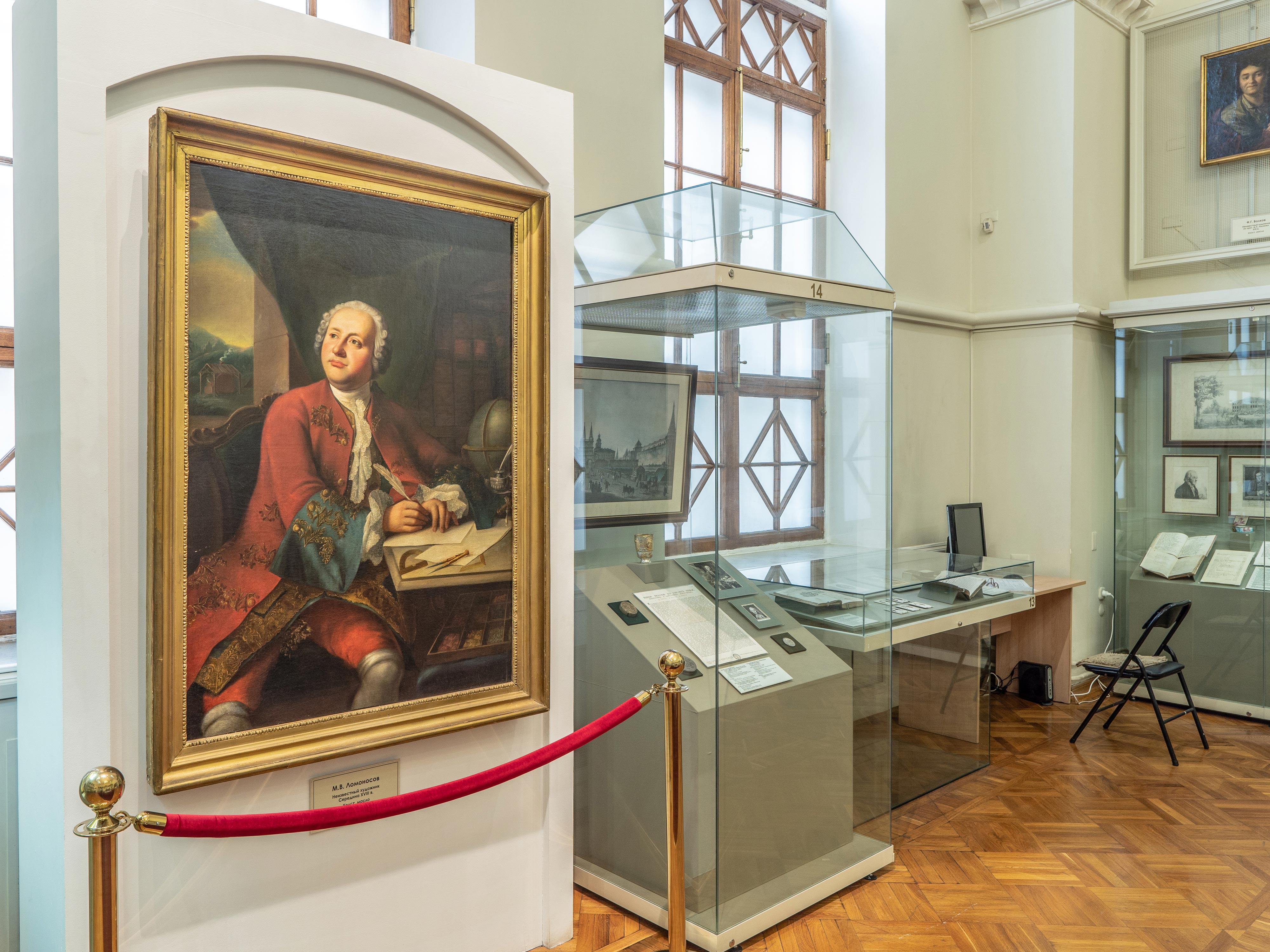
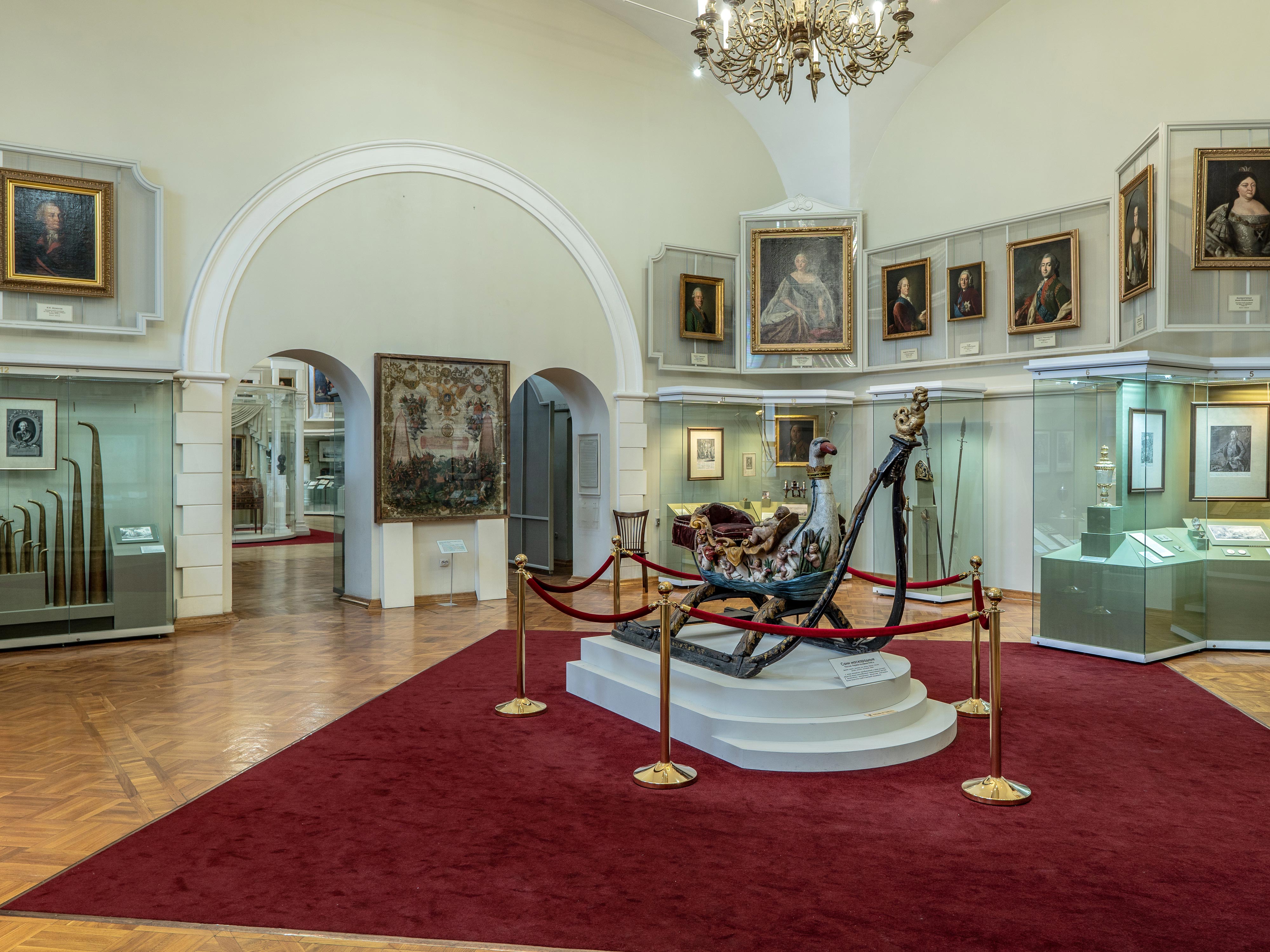
Outstanding historian V.O.Klyuchevsky called the period between the death of Peter I and the coronation of Catherine II "the era of Palace coups." The Charter of succession of 1722, which proclaimed the Emperor's right to appoint an Heir at his discretion, violated the centuries-old Russian tradition. In the second quarter of XVIII Century the Empire was ruled by representatives of the house of Romanov, only associated by family ties with Peter the Great: his wife Catherine I (1684–1727), grandson Peter II (1715–1730), niece Anna Ivanovna (1693–1740) and her great-nephew Johan Antonovich (1740–1764), daughter Elizabeth Petrovna (1709–1761) and finally grandson Peter III (1728–1762). Within 37 years, six rulers have changed each other on the Russian throne.
A significant role in the political life of Russia in this period was played by almighty “vremenschiks” (timeservers) and favourites, who concentrated in their hands the actual power in the country. Each monarch created a new higher government institution (the Supreme privy Council, the Cabinet, The Conference at the Supreme court), which filled-in the lack of an element within a management system that would be able quickly resolve the most important state issues. Palace coups would raise a new monarch to the Throne but would not affect the basics of the state and society: the social structure, the organization of public service and authority, the Army and the Navy, the tax system, administrative and territorial division. One of the main trends in the socio-political development of the country was the expansion of the rights and privileges of the nobility – the main support of Authority.
On the international arena, Russia continued the line of Peter I, confirming its status as a Great Power. In a course of war for "Polish inheritance" she fought to enhance its influence in Europe and in strife with Turkey was trying to gain access to the Black Sea. The most significant event in foreign policy of the middle of the XVIII Century was participation of Russia in the Seven–year war of 1756–1763. The war in which European powers confronted each other to determine the master of the continent.
Middle of the XVIII Century became the time of rise of Russian culture. Opening of the Academy of Sciences in St. Petersburg in 1725 became a significant event. Among many European and Russian scientists who worked in the Academy, a special place belongs to M.V.Lomonosov (1711–1765). His name is linked with the establishment in 1755 of the Moscow University. The Academy of Arts was created in 1757 in St. Petersburg, inside it began the formation of the national art school. Russian literature was developing along the line of European trend of classicism. The theory of the Russian language was developed and methods of verse composing were elaborated. The second quarter of the XVIII Century was marked by increase of interest in music and theater. In 1756 in St. Petersburg was established the first Russian state professional public theater.
The mapping and study of the country's territory continued. The First (1725–1730) and Second (1733–1743) Kamchatka expeditions confirmed that continents of Asia and North American were divided by a Strait, also were accomplished mapping and survey of the Northern shores of Siberia; discovery of the North-Western shores of America.
